Near By Attractions
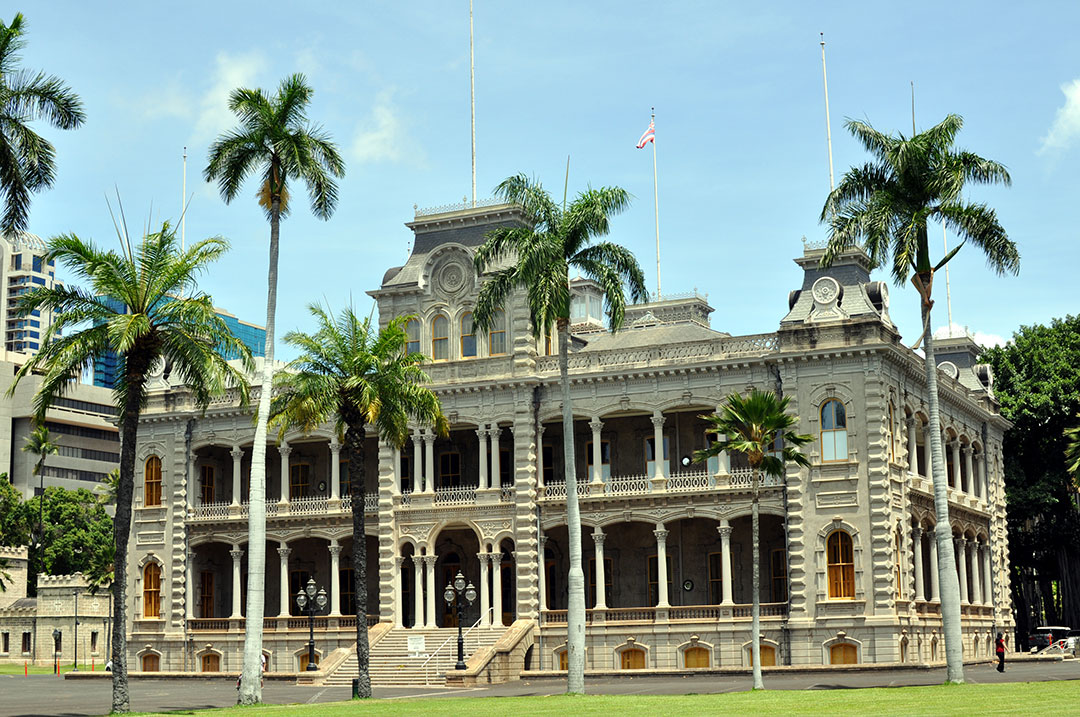
Iolani Palace
It is now a National Historic Landmark listed on the National Register of Historic Places. After the monarchy was overthrown in 1893, the building was used as the capitol building for the Provisional Government, Republic, Territory, and State of Hawai?i until 1969. The palace was restored and opened to the public as a museum in 1978. The ?Iolani Palace is the only royal palace on US soil.
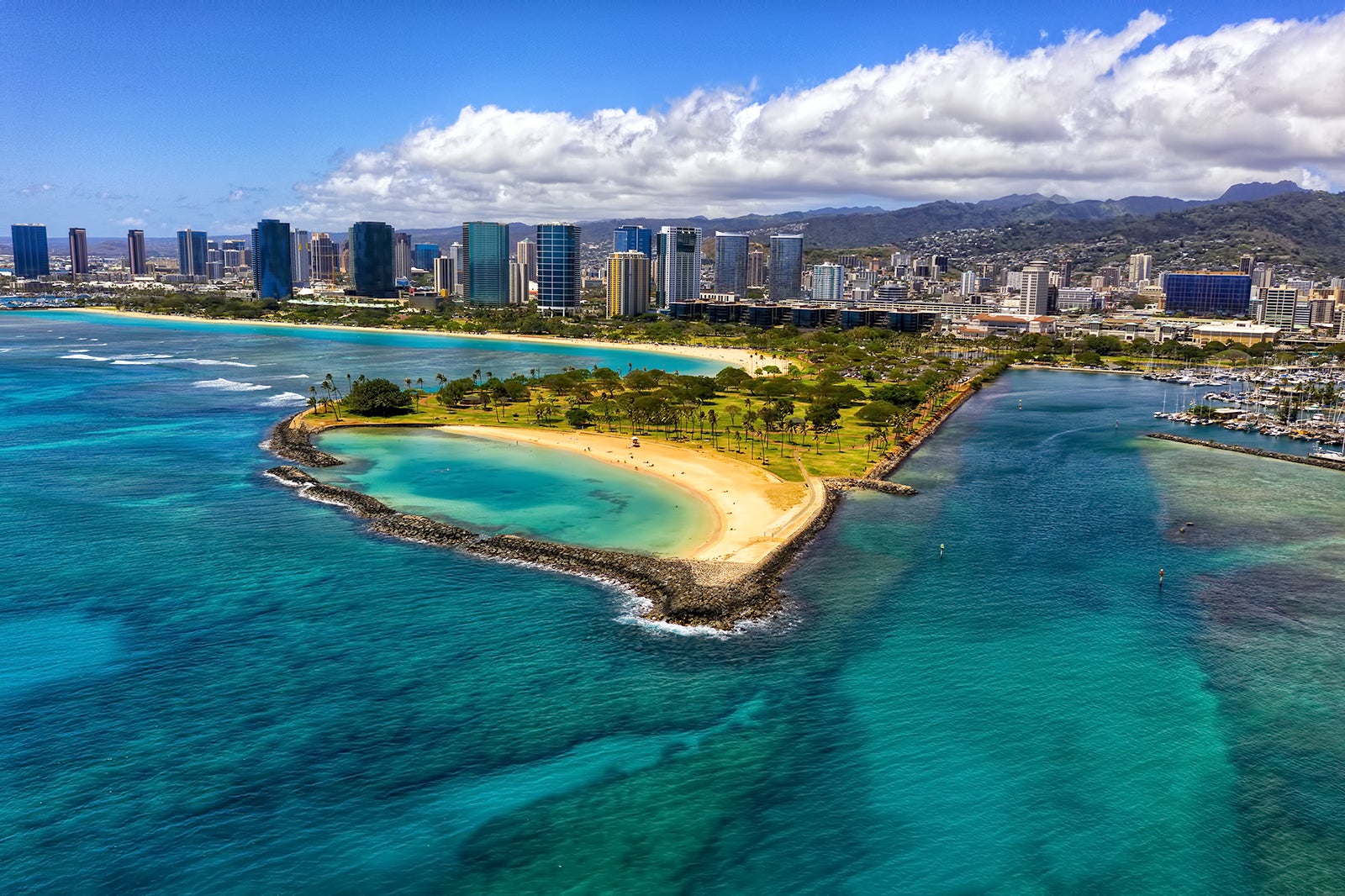
Magic Island
Because it was a preferred location among homeless squatters, overnight camping was recently banned in the park. Each year, the Ala Moana Center puts on a fireworks show over Magic Island for the Fourth of July that draws numerous spectators to the surrounding parks. In conjunction with the show, the Ala Moana Center ropes off a portion of its parking lot for a Fourth of July concert featuring many local bands. The park's hours are from sunrise to sunset daily. Wikipedia
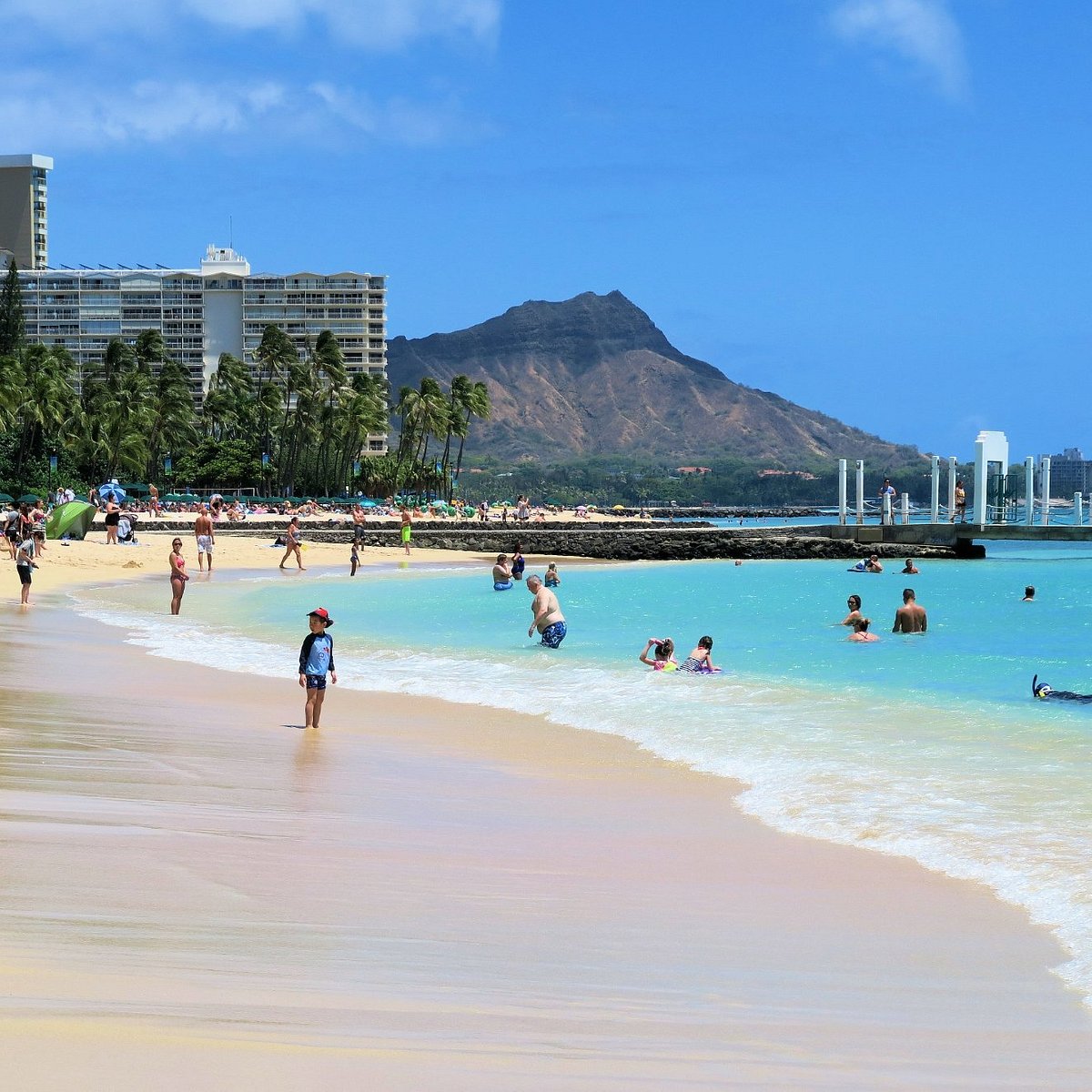
Kahanamoku Beach
The man-made Duke Kahanamoku Lagoon is a fun place to explore. Here you can swim in calm water or a picnic in the grass under one of the palm trees. Located in the center of Kahanamoku beach is the Hilton Pier where the Atlantis Submarine tour comes from.
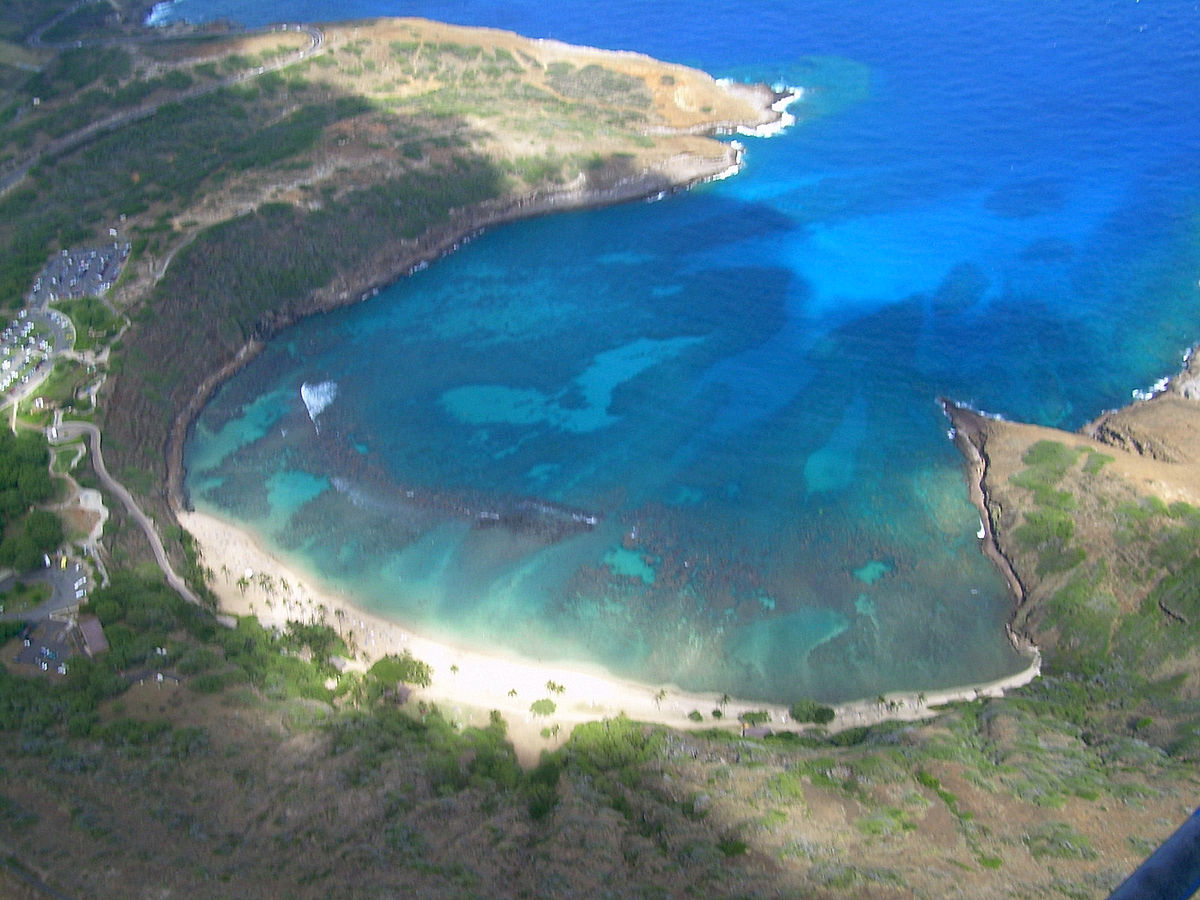
Hanauma Bay
Hanauma Bay was purchased from the Bernice Pauahi Bishop estate by the City and County of Honolulu, and subsequently opened for public use. It was initially a favorite fishing and picnic spot for residents who were willing to travel out to the bay. In the 1930s the road along Hanauma Bay's corner of Oahu was paved and a few other amenities provided that made it easier to visit the beach and reef. After the 1941 attack on Pearl Harbor, barbed wire was placed at the beach and a bunker was constructed for use by sentries. The Bay area reopened after the war and became even more visitor friendly after blasting in the reef for a transoceanic cable provided room for swimming. Hawaii-themed films and television shows, including Blue Hawaii, Paradise, Hawaiian Style, Tora! Tora! Tora!, Hawaii Five-O, and Magnum, P.I., shot footage at the bay.
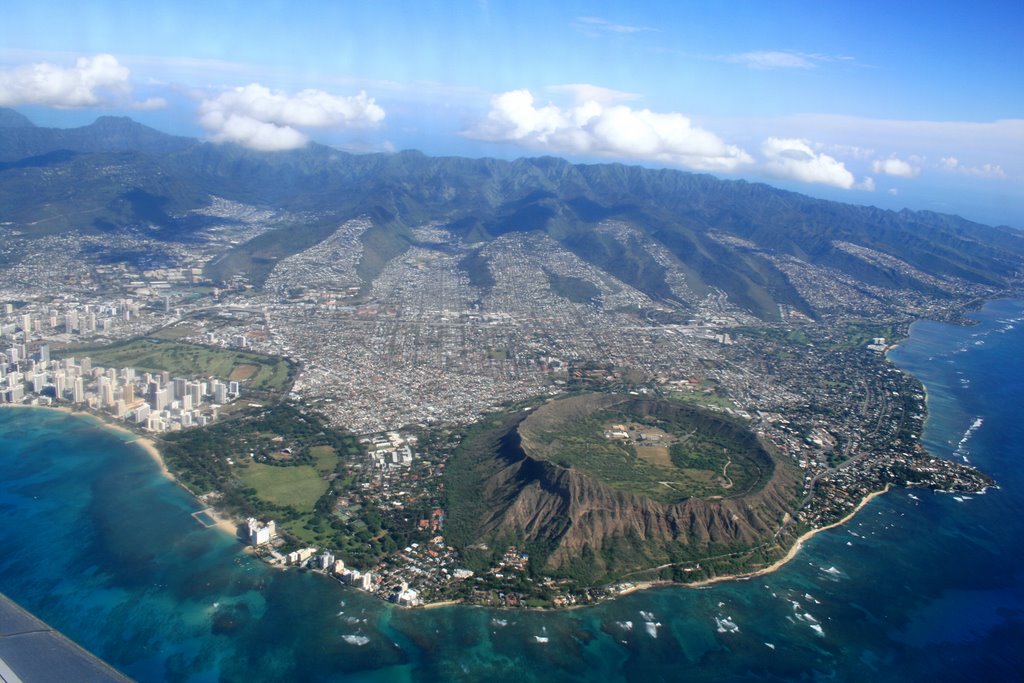
Diamond Head
Diamond Head, like the rest of the Honolulu Volcanic Series, is much younger than the main mass of the Ko?olau Mountain Range. While the Ko?olau Range is about 2.6 million years old, Diamond Head is estimated to be about 400,000 to 500,000 years old.